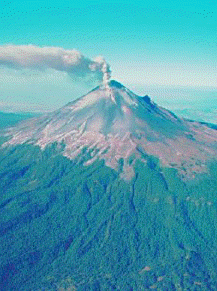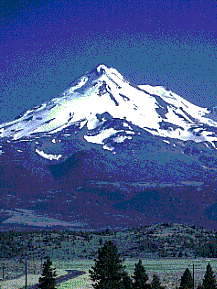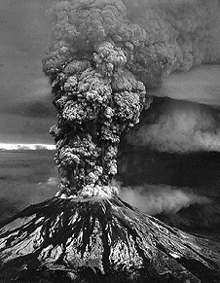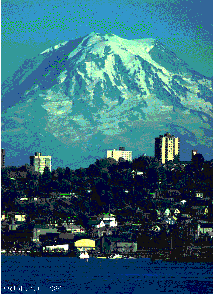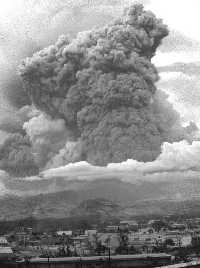This is an image of Mt. Cotopaxi in Ecuador.
Click on image for full size
Image from the U.S. Geological Survey
Composite Volcanoes
The most majestic of the volcanoes are composite volcanoes, also known as strato-volcanoes. Unlike the shield volcanoes which are flat and broad, composite volcanoes are tall, symmetrically shaped, with steep sides, sometimes rising 10,000 feet above their base. They are built of alternating layers of lava flows and pyroclastic material.
Famous composite volcanoes include Mount Fuji in Japan, Mount Cotopaxi in Ecuador, Mount Shasta and Lassen in California, Mount Hood in Oregon, Mount St. Helens and Mount Rainier in Washington, Mt Pinatubo in the Philipenes, and Mt. Etna in Italy.
You might also be interested in:

What types of instructional experiences help K-8 students learn science with understanding? What do science educators teachers, teacher leaders, science specialists, professional development staff, curriculum designers, school administrators need to know to create and support such experiences?
...more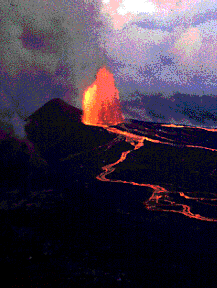
Shield volcanoes can grow to be very big. In fact, the oldest continental regions of Earth may be the remains of ancient shield volcanoes. Unlike the composite volcanoes which are tall and thin, shield
...more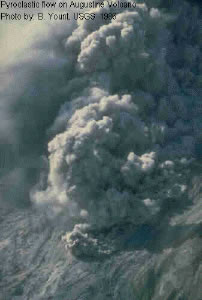
Pyroclastic material is another name for a cloud of ash, lava fragments carried through the air, and vapor. Such a flow is usually *very* hot, and moves *rapidly* under it's own power due to buoyancy provided
...more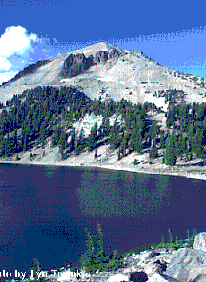
Lassen Peak is an example of what is called a "volcanic dome". Volcanism is thought to have begun at the center between about 600,000 and 350,000 years ago (the late Pleistocene and Holocene periods),
...more


